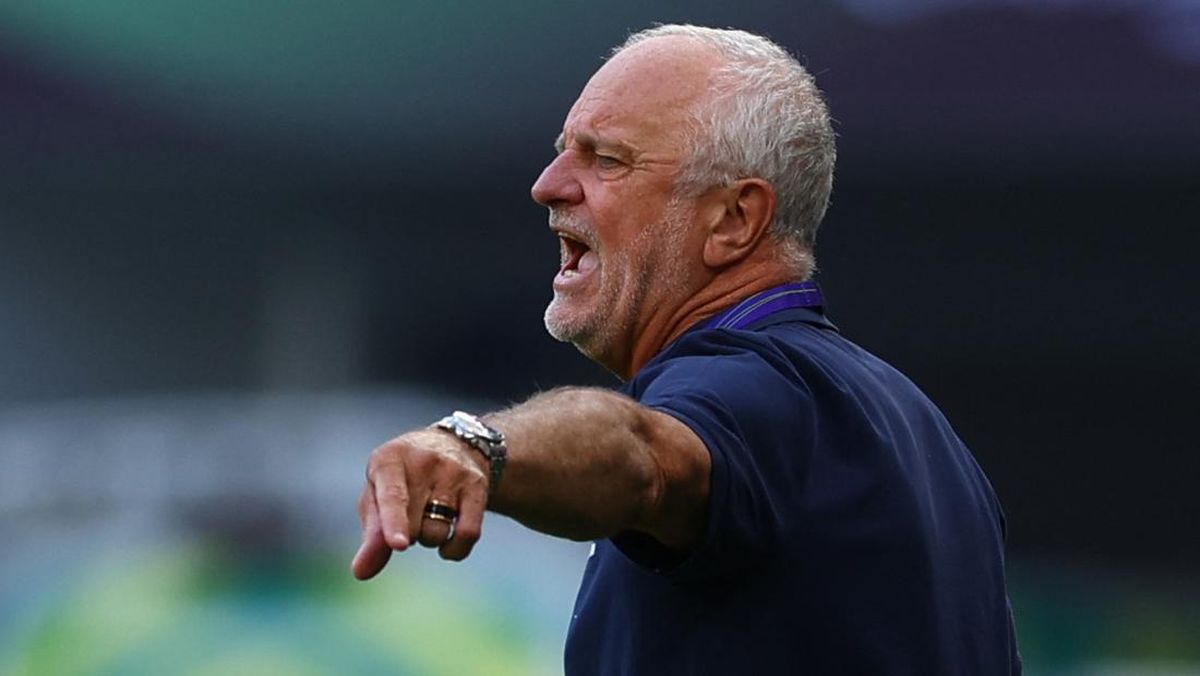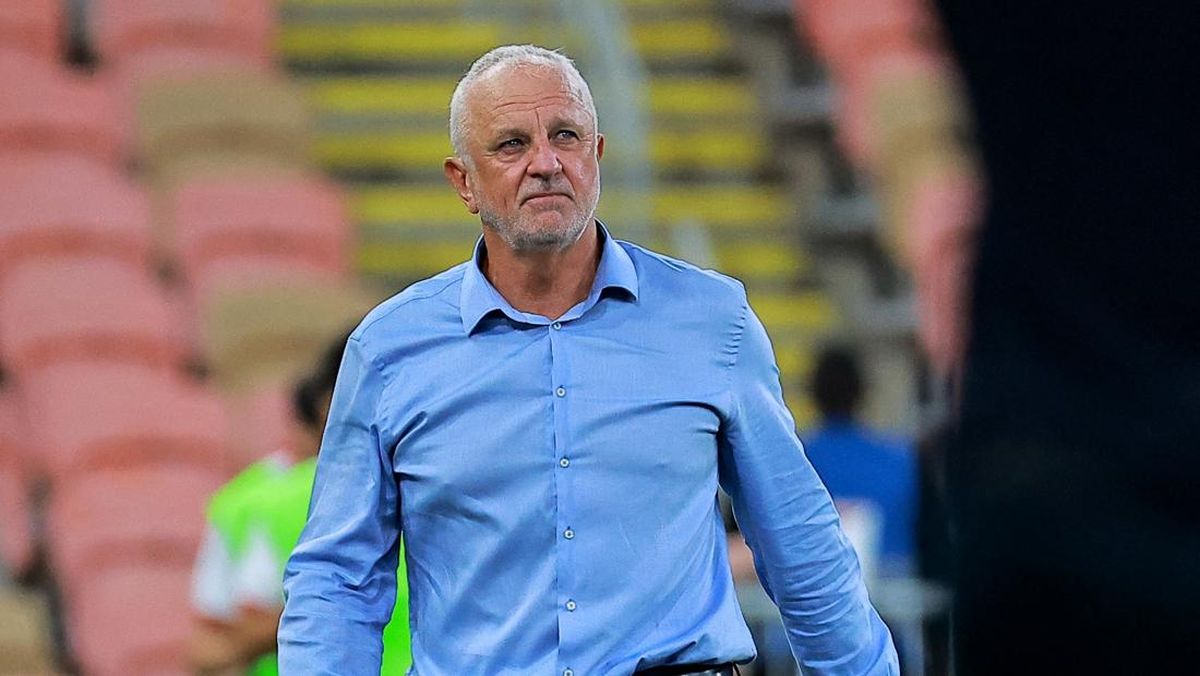ANZ Group’s underperforming retail business is likely to bear the brunt of the jobs carnage about to hit the bank over the next 12 months, as its new boss, Portuguese banking veteran Nuno Matos, gets ready to deliver a clear strategy to investors on Monday.
Matos, who joined the bank in July, has made it clear that the bank needs a significant overhaul to help shed its reputation as the worst performer among the Big Four. However, his tenure so far has been blemished with errors that highlighted the execution risks threatening Matos’ planned makeover.

ANZ chief executive Nuno Matos flagged deep job cuts last month but has yet to unveil the strategy that will lift ANZ’s performance.Credit: Marija Ercegovac
Matos missed out on the top job at HSBC before joining ANZ and has been employed explicitly to transform an organisation with a poor record of execution. And he will have fresh help.
Ahead of the strategy reveal, Matos last week announced three big hires, including the appointment of Pedro Rodeia as the new head of ANZ’s retail bank to replace Maile Carnegie.
Donald Patra, a former HSBC colleague, steps in as ANZ’s chief information officer, replacing Gerard Florian, who, like Carnegie, departed soon after Matos joined the bank. Meanwhile, Christine Palmer joins from the Spanish bank, Santander, as chief risk officer.
Loading
Sacking 3500 staff in less than a year, plus another 1000 contractors – the big change that Matos unveiled last month – should lay the groundwork for more ambitious financial performance targets, like its poor cost-to-income ratio and a dismal return on shareholder funds compared to the other banks.
The Suncorp acquisition means ANZ is now the second largest of our Big Four banks by assets, according to Bloomberg. But the bank trails its rivals in relative valuation thanks to weaker revenue and higher costs.
When Matos unveiled the massive cuts last month, he admitted that standing still is not an option for the $100 billion bank.
“We are operating in a rapidly evolving and highly competitive banking environment. As we continue our strategic review, we are eliminating duplication and complexity, stopping work that doesn’t support our priorities and sharpening our focus on improving our non-financial risk management practices across the bank.”
Analysts from Macquarie Equities point to ANZ’s retail banking business as an obvious target for a big overhaul.

Lifting the performance of ANZ’s retail operation is expected to be a core focus for the new boss.Credit: Will Willitts
“The greatest opportunity for ANZ to lift returns is likely in the retail bank, where it has underperformed peers,” they said.
Comparing ANZ’s staffing levels to its closest peer, Westpac, “suggests ANZ could potentially reduce retail FTEs (full-time equivalents) by around 30 per cent (roughly 3800),” the analysts added.
Meanwhile, Morningstar’s banking analyst Nathan Zaia has warned that ANZ needs to deliver on service while keeping a lid on its costs.
“Ripping costs out is one thing, but ensuring it has a competitive service level across its key products is even more critical to long-term success,” Zaia said last month.
Matos will also use the update to clarify the future of ANZ’s multi-billion dollar digital platform ANZ Plus. The bank touted it as the future of its retail banking model, but is now minus the key staff who were meant to deliver it, including former CEO contender Carnegie.
Analysts like Zaia have raised the possibility that ANZ will rethink its investment in a platform that has struggled to deliver. It could be cobbled together with ANZ’s legacy platforms to save money in the short term, but possibly at the expense of its digital competitiveness in the longer term.
Loading
“We think this update increases the likelihood that the migration to a new banking platform, ANZ Plus, will be pulled. Despite billions of dollars sunk into the project, it still lacks functionality, and if the strategy needs to pivot, it is likely in the best interest of shareholders,” Zaia said.
He added that the ANZ Plus changes to the front end are likely to be retained, but changes to the back-end systems, which were intended to deliver material cost savings, are less likely.
Macquarie says that raises the risk of “under-investment into the broader franchise at a time when peers (especially CBA) are charging full steam ahead”.
The Business Briefing newsletter delivers major stories, exclusive coverage and expert opinion. Sign up to get it every weekday morning.
Most Viewed in Business
Loading


















































